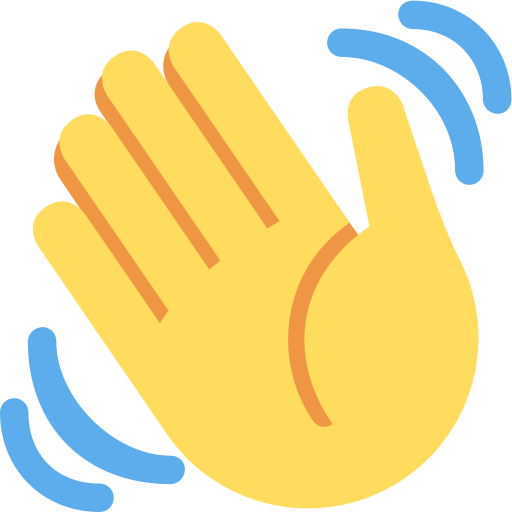Your Guide to the $2 Trillion COVID-19 Stimulus Package
On March 25th, the U.S. Senate unanimously passed a $2 trillion bill in aid of American workers and businesses. This massive relief package is meant to grant billions of dollars to struggling industries, direct cash payments to Americans, and a significant boost to unemployment insurance.
What Is Covered by the Relief Package
The bill proposes $250 billion for direct payments to families and individuals; $350 billion in small business loans; $250 billion in unemployment insurance benefits, and another $500 billion in loans for distressed companies (cruise lines and airline companies); $150 billion for state and local stimulus funds.
What It Means for Small Businesses
$350 Billion for Loans
The $350 billion allocated for small business loans will be given out through the Small Business Administration’s primary loan offering program, the SBA 7(a) loans. The 7(a) program is a partnership between the SBA, which guarantees the loans, and private financial lenders that issue the loans.
These private financial intermediaries are usually local banks and lenders authorized by the SBA to issue 7(a) loans. The Administration has a tool that helps you find local lenders.
Currently, the SBA 7(a) loans’ fund guarantees about $25 billion, and the $350 billion will be on top of that.
Who Qualifies for These Loans
Since the official version of the bill hasn’t been finalized, changes may apply. We will keep this document fresh, so check back for updates which we will post at the top of the page.
However, the current draft states that small businesses and non-profits with fewer than 500 employees would generally qualify for a loan. This includes self-employed individuals and gig economy workers (e.g., ride-hailing drivers).
Under this new bill, there is also the possibility of loan forgiveness for companies that rehire staff who were laid off or businesses that retain their current employees.
As long as you meet these payroll requirements, you would be eligible for forgiveness on the part of your loan that is used for rent, payroll, mortgage, obligation, and utility costs.
The threshold of SBA 7(a) loans is temporarily raised from $5 million to $10 million, with a maximum interest rate of 4%. How much you can get will be based on a formula that includes your past payroll expenses.
What The Stimulus Plan Means for Workers
Your employees will be eligible to get direct payments based on their 2019 tax returns. If those aren’t done, the data will be taken from the 2018 tax returns.
Direct payments for single people (your adjusted gross income — the check you’ll get):
- $75,000 — $1,200
- $80,000 — $950
- $85,000 — $700
- $90,000 — $450
- $95,000 — $200
- $99,000+ — $0
Direct payments for married couples (your adjusted gross income — the check you’ll get):
- $150,000 —$2,400
- $160,000 — $1,900
- $170,000 — $1,400
- $180,000 — $900
- $190,000 — $ 400
- $198,000+ — $0
There will also be the added bonus of $500 per child under the age of 17, as long as your income is under the cap of $99,000 for singles and $198,000 for couples.
What About Unemployment Insurance?
The stimulus package expands the benefits for workers eligible for unemployment benefits to include part-time workers and self-employed people. In other words, the unemployed, partly unemployed and those who cannot work due to the outbreak, are more likely to receive unemployment benefits.
The amount you will receive depends on your state. The idea of the bill is to provide you the average worker’s paycheck which is about $1,100 a week. With regular unemployment benefits replacing about 40 to 45% of that, the stimulus package plans to add an extra $600 a week.
Let’s look at an example. If you are a worker in New York and you make around $1,100 a week, the maximum unemployment benefit you can get from the state is $504. With the new program, you will get an additional $600, making for a total of $1,104 in unemployment compensation.
Freelancers, independent contractors, and gig workers are also covered by the stimulus package. The amount of your unemployment benefit will be calculated based on your previous income through the Disaster Unemployment Assistance program formula. Stay tuned for additional information regarding these government-backed small business loans and the direct payments your employees can get, so you can survive and thrive!
Sign Up For SBA Emergency Loan Info & Other News



